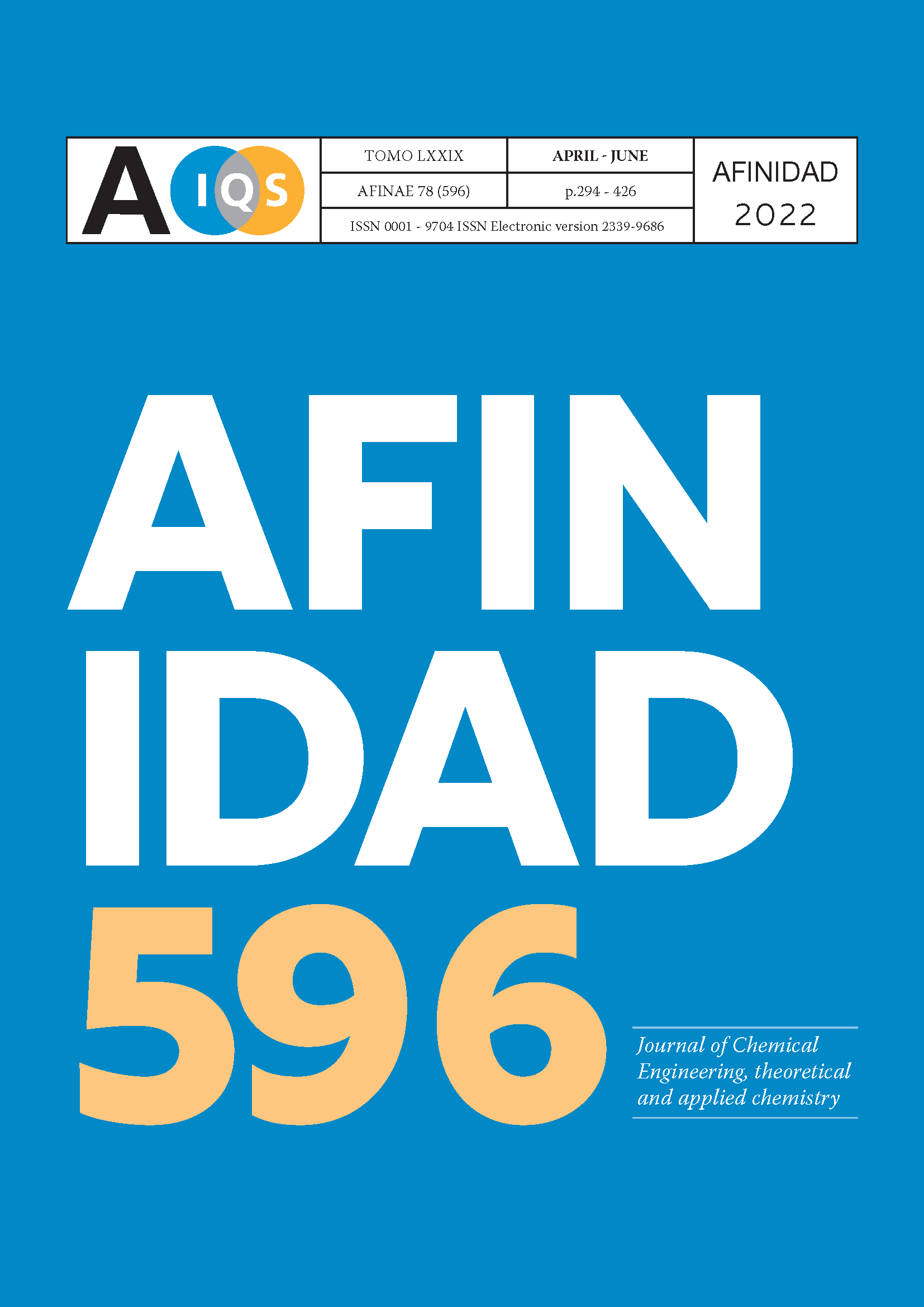Abstract
Due to the technological, energetic and economic impact of spray drying in the production of acetylated gelatinized starch from native starch of Manihot esculenta Crantz (Cassava), the objective of this work is to optimize the dynamic profitability indicators considering as optimization criteria the production capacity and the drying air temperature, and establishing the detailed design of the installation under optimum conditions. A composite central experimental design was generated for the indicators Net Present Value (NPV), Internal Rate of Return (IRR) and Discounted Payback Period (DRP). The regression models of the profitability indicators were optimized by ridgeline analysis through the Response Surface Methodology. For the evaluation of the indicators, the economic indexes of the process were determined, after technological selection, material and energy balances and technological design. The optimum economic variant has an NPV of USD 2 862 010, an IRR of 45,51 % and DRP of 3 years and is reached when 3454,45 tcassava/y are processed and the air feed temperature to the spray dryer is 184 °C, but the energy index is not favorable. An option that adequately combines energy, environmental and technical-economic results can be used by processing 3150 tcassava/y with 130 °C in the air feed to the dryer, reaching favorable economic results with NPV of USD 2 767 166, IRR of 37,99 % and DRP of 3,45 years and drastically reducing fuel consumption, although increasing the size of the spray dryer.


